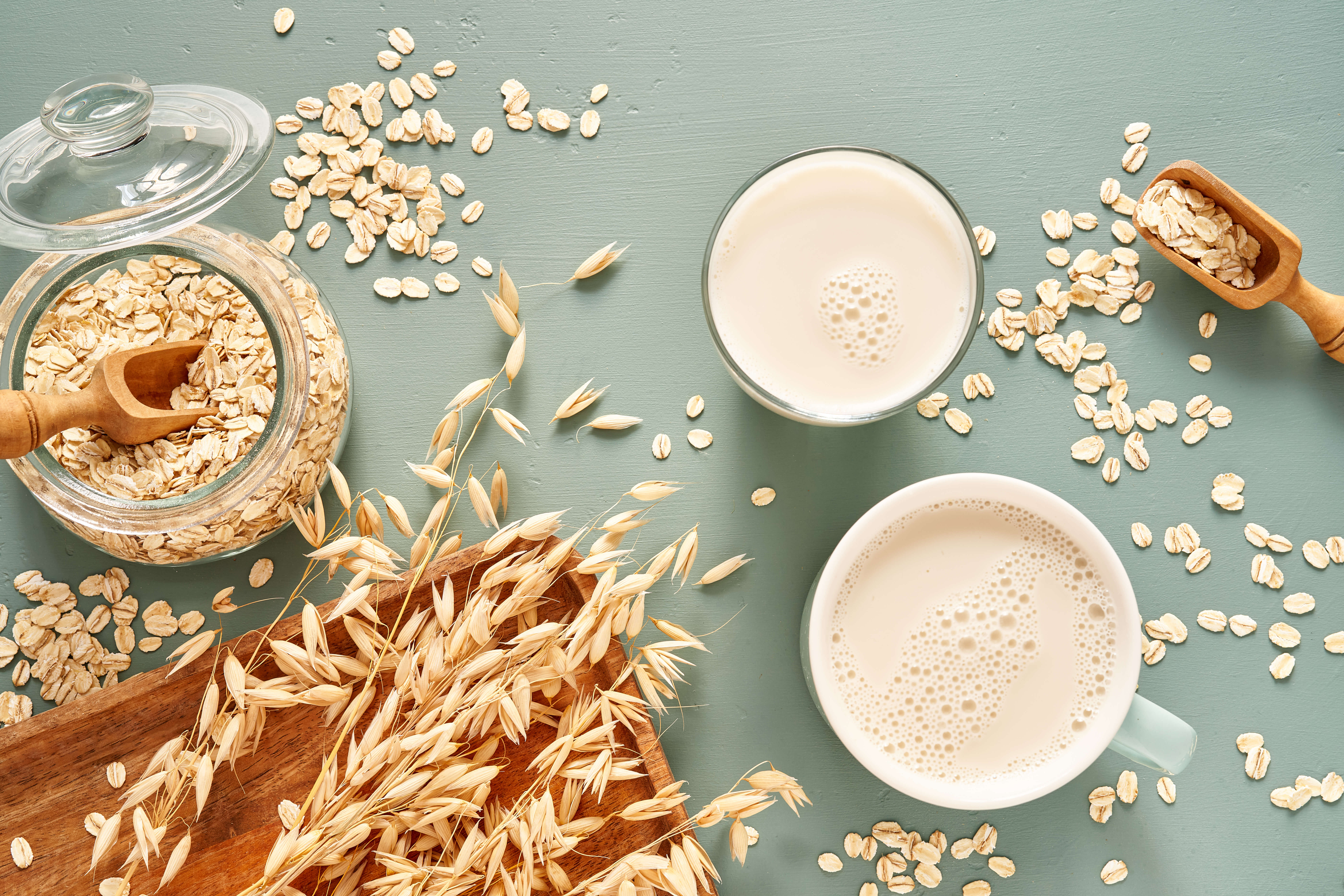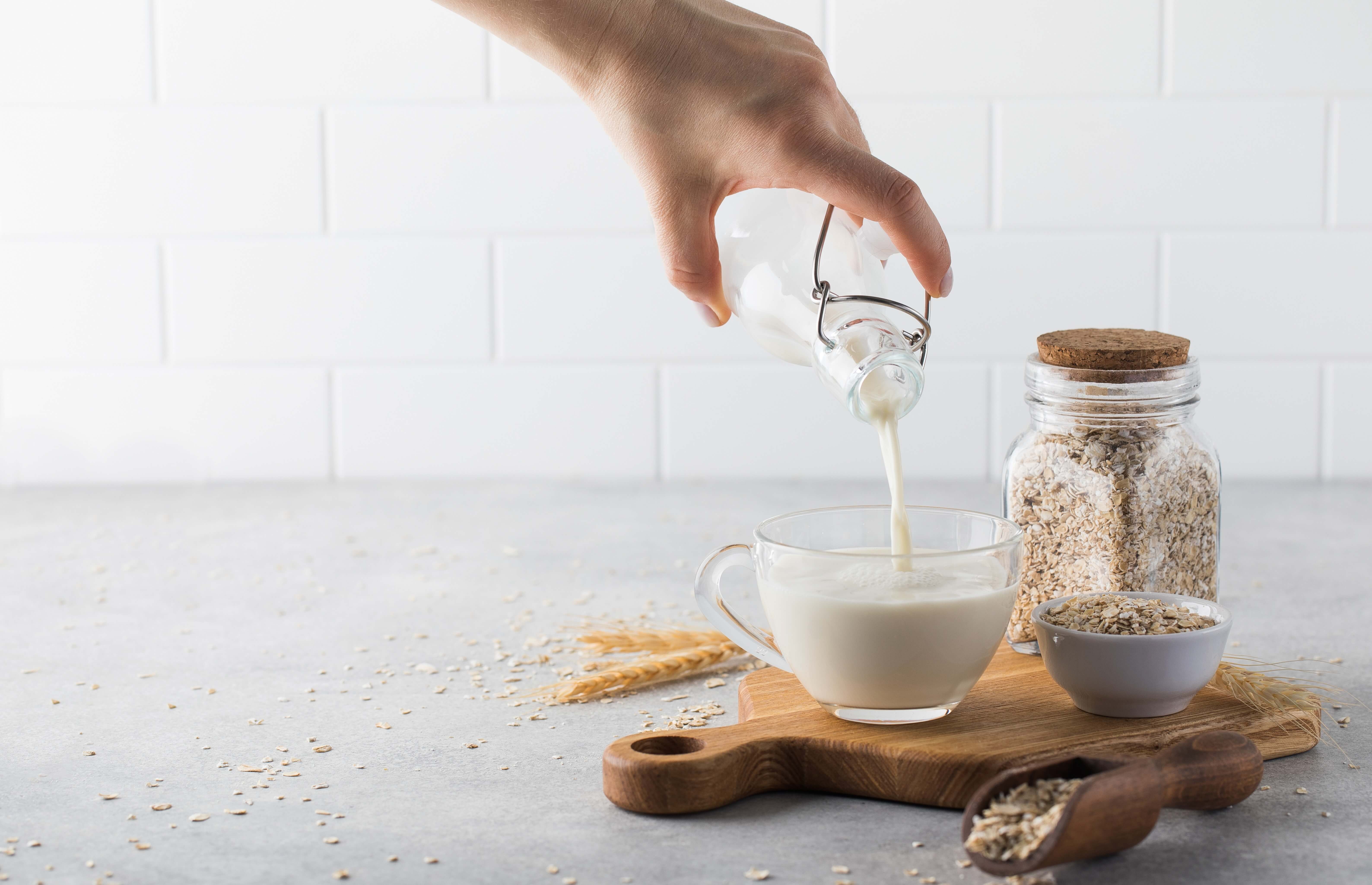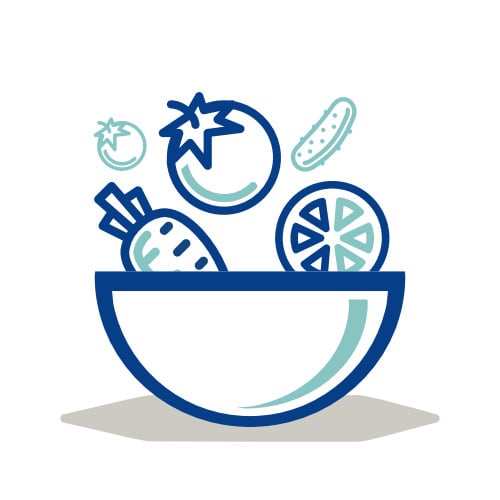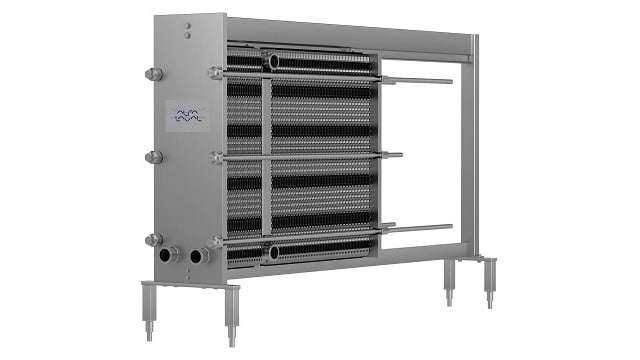新燕麦饮料热处理工艺简介
北欧的一家液体食品生产商更换用于加热燕麦基的现有换热器时,未选择传统的壳管式换热器。 他们选择了阿法拉伐 Hygienic 系列的 HL8-WG。新设备已安装完毕,并于 2019 年秋季开始测试,可以最大限度地减少结垢、延长清洗间隔时间、卓越的可清洁性和更简便的维护。
日期 2024-03-01
选用新型换热器
该公司正在寻找一种新型换热器,以取代他们在燕麦饮料生产过程的初始加热阶段使用的卫生级板式换热器。
公司以提高生产能力为主要目标,当时,旧的换热器由于污垢堆积需要频繁清洗,这限制了其生产能力。
若公司选用壳管式换热器替代旧的换热器, 这将意味着需要更长的热处理时间,从而可能影响最终产品的口感。
在对各种选项进行评估后,该公司选择了阿法拉伐的HL8-WG换热器,这是一款卫生的WideGap板式换热器,比管壳式换热器结构更紧凑,可快速将设备加热至合适的温度。
新设计,新机遇
阿法拉伐的垫片板式换热器卫生系列专为具有最高卫生要求的产品而设计。然而,直到最近, 对含较多大颗粒的高粘度产品来说,壳管式技术仍然是首选。
“HL8-WG换热器代表一种新的发展动向,因为它能够在含有颗粒和长纤维的卫生应用环境中使用垫片板式换热器。”阿法拉伐工业化项目经理Clemens Wictor表示:“由于设计上的调整,我们的卫生级WideGap换热器现在可以用于植物基饮料、含有果肉和纤维的果汁以及水果饮料。”
主要设计调整包括新的OpenChannel™板式结构,该结构可确保在颗粒和纤维存在的情况下,设备可以长时间运行而不会堵塞,以及SmoothPort™功能,该功能可防止污垢积聚并最大限度地提高换热器的可清洁性和排水性。
随着这些技术的发展,HL8-WG换热器易清洁,清洗间隔长,从而减少耗水量。压降会因污垢减少而降低,从而降低能耗。

提高食品生产商生产灵活性
客户在使用新的HL8-WG换热器之前,阿法拉伐的测试工程师对一系列食品应用进行了对比测试,该测试侧重于质量和卫生。测试产品包括橙汁果肉、含有腌制蔬菜的酱料和厚番茄沙司。“新型换热器”在所有关键参数方面都优于壳管式技术,包括能效、材料节约和过程控制”,Clemens表示,“在所有这些测试中,我们可以看到HL8-WG换热器的效果更好。事实上,我们还未发现我们无法使用新型卫生级 WideGap换热器技术解决的难题。让食品生产灵活性上升到新的高度。
可延长生产运行时间
现在,我们的客户在生产的第一阶段使用HL8-WG换热器,该阶段内,燕麦基料中纤维很多。该换热器能够让设备生产运行时间更长(18至20小时),每次运行后均需进行清洗,但在生产过程中不需要进行调整,因为该过程在流量和温度等方面均保持稳定。
在测试了几种不同的清洁方案后,操作员发现垫圈和端口之间没有残留产物。以前,换热器必须至少每月打开一次进行机械清洗;现在,换热器可以运行两个月或更长时间而无需进行机械清洗。
追求更高的换热器效率
HL8-WG换热器表明,在未来,我们可以帮助食品生产商满足日益严苛的效率要求,特别是在能源和水的利用方面。
与传统的板式换热器相比,HL8-WG换热器的清洗频率更低,从而节省了原位清洗用水,提高了生产率。由于新的换热器不需要频繁打开,因此板和垫片的磨损更低,正常运行时间更长。
由于新的换热器不需要频繁打开,因此对板和垫圈的磨损更低,正常运行时间更长。与传统的管壳式换热器相比,HL8-WG换热器能够将热回收率提高到一个全新的水平——在某些情况下,热回收率最高可提高45%。
突出技术
节约用水
减少清洗化学品的消耗

延长清洗间隔可节约用水
正常运行时间增加

由于生产运行时间更长,从而增加了正常运行时间
可持续食品

根据经验,植物性食品的碳排放量只有动物性食品的一半
为什么选择阿法拉伐HL8-WG?
- WideGap换热器的占地面积为壳管式换热器占地面积的15%(2平方米和13.5平方米)。这也将降低运输和安装成本。
- WideGap板式换热器采用了通用的设计,通过增加或减少当前机架内的板材即可调整容量。
- 由于所有传热表面都易于检查或机械清洗,因此更容易维护。
- 特别设计的板型保证了整个通道的高度湍流,这不仅减少了污垢,而且使清洗更有效。

